Pink coleus plants are beloved for their vibrant colors and unique foliage. With the right care, these pink house plants can thrive in almost any home garden or indoor space! In this article, we will look at the growing conditions, watering needs, pruning and fertilizing tips, and common problems that may arise when caring for pink coleus plants. By following these simple guidelines, readers can have a healthy and colorful pink coleus plant that will bring joy to their life!.

Pink Coleus Plant Frequently Asked Questions
.Do pink coleus like full sun or shade?
When it comes to sunlight requirements, coleus plants are quite versatile and can tolerate a range of light conditions. While they can tolerate full sun, many varieties prefer some shade, especially during the hottest part of the day. This includes pink coleus, which generally prefers partial shade or filtered sunlight. Too much direct sunlight can cause the leaves to fade or scorch. However, it's important to note that each variety may have slightly different preferences, so it's best to check the specific care instructions for the particular pink coleus plant you have.
Do pink coleus do better in pots or in the ground?
Pink coleus can thrive both in pots and in the ground, but their specific needs and preferences may vary depending on the growing conditions. When grown in pots, pink coleus offers the advantage of portability, allowing you to easily move them around to different areas of your garden or even indoors during colder months. This flexibility is particularly beneficial if you live in a region with harsh winters or if you enjoy rearranging your garden frequently. Additionally, potted pink coleus can serve as eye-catching focal points on patios, balconies, or any other outdoor living spaces.
Growing conditions for pink coleus
Pink Coleus plants can add a splash of color to any home garden or indoor space. To ensure that your pink coleus plant is healthy and vibrant, it’s important to create the right growing conditions for it. With the right knowledge, you’ll be able to cultivate a beautiful pink coleus plant that will last for years!
When planting your pink coleus, make sure the soil is moist and well-drained. The ideal spot to grow your plant should have partial shade and receive at least four hours of sunlight per day. Additionally, the soil should have a slightly acidic pH between 6.5 and 7.5 to ensure optimal growth. Temperature is also an important factor when caring for pink coleus plants; they prefer temperatures between 65-80 degrees Fahrenheit.
To keep your pink coleus in top shape, make sure to fertilize it approximately every two weeks with a balanced fertilizer specifically designed for colorful foliage plants like this one. This will help provide extra nutrients needed for proper growth while also preventing nutrient deficiencies in the long run! Additionally, if you want your pink coleus to stay vibrant and full of life, make sure to water it regularly so that the soil stays consistently moist but not soggy.
These simple tips are all you need to keep your pink coleus thriving year-round! By following these guidelines, you can enjoy a healthy and vibrant plant that adds beauty and life wherever it grows!
Tips for Watering the Pink Coleus Plant
Watering your pink coleus is an important part of keeping it healthy and vibrant. To ensure the best results, it is important to water the plant when the top inch of soil feels dry to the touch and to water thoroughly until it starts to run out of the drainage holes in the pot. Additionally, be sure to use a well-draining potting mix so that excess water can escape from the pot and avoid overwatering as this can cause root rot. If you are growing your pink coleus outdoors, reduce the frequency of watering during cold weather.
When watering your pink coleus, make sure that you use room temperature or filtered water instead of tap or distilled water. Tap and distilled water contain chemicals which could cause damage over time. Additionally, if you are using tap water for your plants, let it sit for 24 hours before applying it to your plant. This will give time for the chlorine in tap water to dissipate so that it does not harm your plant’s roots or foliage.
To help maintain humidity levels around your plant, mist its leaves with a spray bottle filled with filtered or distilled water regularly—ideally once per day if possible. This helps increase moisture around its leaves and encourages growth as well as preventing dust buildup on its foliage which can block light from reaching its leaves and hinder photosynthesis processes.
Finally, if you notice any signs of wilting or yellowing leaves on your pink coleus, this could be due to underwatering or overwatering—so check its soil moisture levels regularly and adjust accordingly! With these tips on how to care for a pink coleus plant, readers can enjoy a healthy and vibrant specimen year-round!
How to Propagate the Pink Coleus Plant
Propagating a pink coleus plant is a great way to expand your collection and share the vibrant beauty of this flowering plant with others. Starting from a single cutting or stem, you can grow an entire new coleus in just a few simple steps.
The first step is to select a healthy stem from the parent plant. Look for stems that are at least 8 inches long with several sets of leaves and no signs of disease or damage. Once you have selected the stem, use clean pruning shears or scissors to cut it off at its base. Allow the stem to dry out until a callous forms over the wound, which usually takes 1-2 days. This will help protect against any potential infection when planting.
Next, prepare the soil for planting your cuttings by mixing together potting soil and perlite in equal proportions (1:1). Place your cutting in a container filled with the soil mixture and ensure that at least two sets of leaves are above ground level. If necessary, add more soil around the cutting for stability before gently watering it in. It’s important to keep the soil moist but not soggy; too much water can cause root rot and other issues with your new plants!
Once planted, place your pink coleus cutting in an area with bright, indirect light and keep it away from direct sunlight as this can scorch its delicate leaves. For best results, misting your cutting daily will help maintain humidity levels around it while encouraging healthy growth and development of roots. With these steps, readers can successfully propagate their own pink coleus plant and enjoy its vibrant beauty year-round!
Pruning and Fertilizing Tips for Pink Coleus Plant
.When it comes to caring for pink coleus plants, pruning and fertilizing are essential elements of the process. Pruning helps to encourage new growth, while fertilizing provides the plant with the necessary nutrients to stay healthy and vibrant. Here are some important tips to keep in mind when pruning and fertilizing your pink coleus:
Pruning: To encourage new growth, carefully cut off any dead or discolored leaves or stems. Additionally, if you notice that some stems are getting too long (known as “legginess”), pinch them back to promote bushier growth.
Fertilizing: To ensure strong and healthy growth, fertilize your pink coleus once a month during the growing season with a balanced fertilizer. Be careful not to over-fertilize though, as this can burn the roots of your plant! After fertilizing, be sure to water your plant thoroughly so that all of the nutrients have been absorbed into the soil properly.
These simple steps will help you maintain a beautiful and healthy pink coleus for years to come! With regular maintenance and care, you can enjoy its vibrant beauty year round
Overall, taking proactive measures to address potential problems can help ensure that the Pink Philodendron thrives and remains a beautiful addition to any indoor space.
Common Problems With Pink Coleus
Caring for a pink coleus plant can be rewarding but also comes with some challenges. It is important to identify and address common issues that may arise in order to ensure that the plant remains healthy and vibrant.
One of the most common problems is fungal or bacterial infections due to poor drainage. Overwatering can cause excess moisture in the soil, leading to root rot which can cause irreversible damage if not addressed quickly. The best way to avoid this is by ensuring adequate drainage and avoiding overwatering.
Another potential problem involves pests such as caterpillars, slugs, and aphids which can feed on the leaves of the plant. These pests should be identified quickly so they can be removed with no harm done to the plant. If left untreated, these pests can cause significant damage to the foliage of the pink coleus plant.
Insufficient water or sunlight can also lead to curling of leaves due to dehydration or lack of energy respectively. This is why it is important to maintain consistent watering habits and provide enough light for your plant’s growth needs. Additionally, too much direct sunlight exposure can lead to burning or scorching of leaves which could permanently damage them if not attended to promptly.
Overall, it is essential for readers who are caring for a pink coleus plant to keep an eye out for any potential problems so they can address them promptly in order ensure their plants remain healthy and vibrant year round!
Conclusion
Taking care of a pink coleus plant is not difficult, but it does require attention and consistency. With the tips outlined in this post, readers can successfully create and maintain a vibrant and healthy pink coleus plant.
It is important to remember that watering habits should be consistent and soil moisture levels should be checked regularly. Pruning should be done to encourage new growth, while fertilizing should be done monthly with a balanced fertilizer. Additionally, readers must be mindful of common problems such as fungal or bacterial infections due to poor drainage and pests such as caterpillars or aphids.
For further information on caring for pink coleus plants, readers are encouraged to consult additional resources such as gardening blogs or websites. If any questions arise while caring for the plant, readers can comment on the blog post or reach out via email for additional help and advice.
With these tips in mind, readers can confidently care for their pink coleus plants and enjoy its vibrant beauty year-round!
Other Pink House Plants
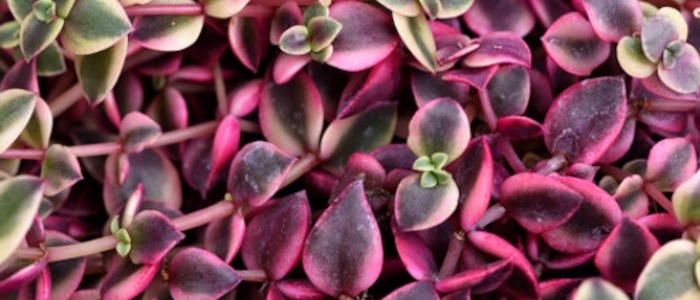


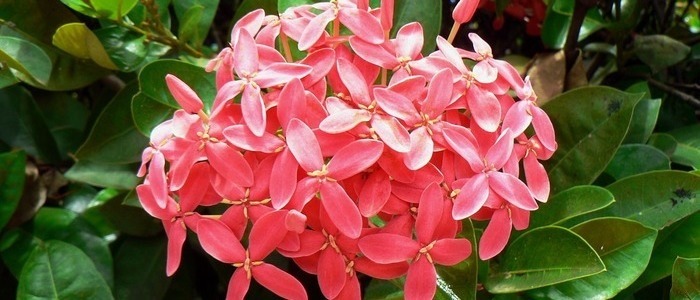

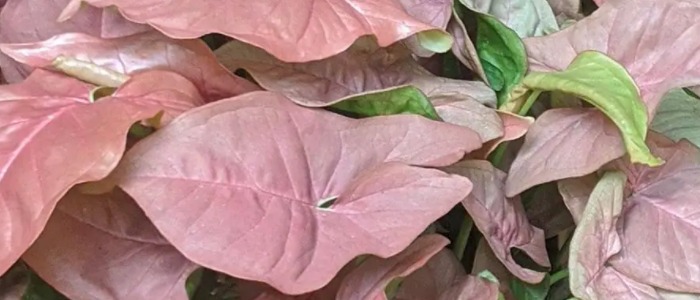
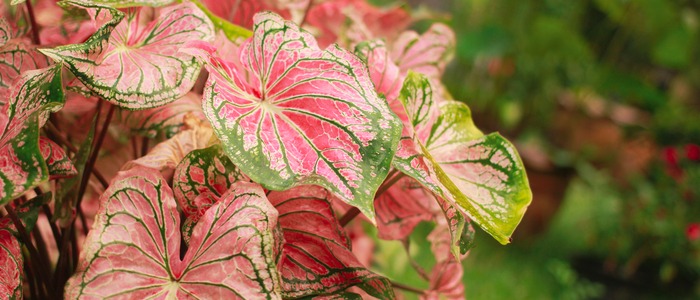
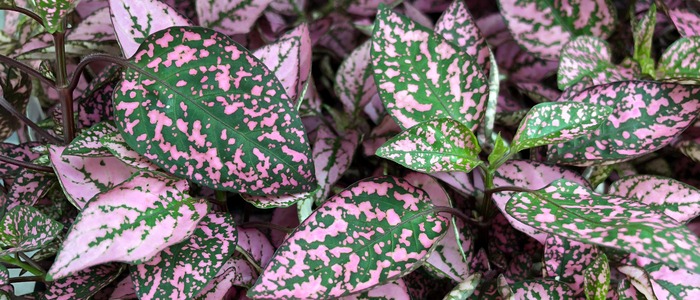




Pink Calla Lily Plant
Aechmea Fasciata Plant
Cryptanthus


Kalanchoe Pink Butterflies
strawberry begonia